 Five years, 100 volunteers and more than 18,000 records of dragonflies and damselflies went in to the completion of the New Hampshire Dragonfly Survey.
Five years, 100 volunteers and more than 18,000 records of dragonflies and damselflies went in to the completion of the New Hampshire Dragonfly Survey.
The survey shows exactly what a good long look can do for the understanding of species population levels and distribution. The NH Fish and Game press release says:
“The good news is that most of the rarer species turned out to be far more common than previously believed,” said Dr. Pamela Hunt, who coordinated the project for NH Audubon. “We even doubled the number of sites for the state’s only endangered dragonfly – the ringed boghaunter – from 8 to 15.” Particularly impressive was the increase in sites known to support the scarlet bluet, a small red damselfly that likes lily pads. “This species was unknown in the state until 2002, and at the start of the dragonfly survey there were only five sites,” says Hunt. “Now they’re known from over 40 sites.
Read the NH Fish and Game press release on the dragonfly survey here.
Read the 54-page dragonfly survey final report here. (PDF)
Photo: Paddle-tailed darner, not a NH dragonfly, but what a photo. Photo by Tom Kogut, courtesy of the US Forest Service

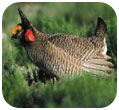 When two environmental groups reached an agreement with the US Fish and Wildlife Service last year, pending court cases on the endangered species status of hundreds of species were settled as well.
When two environmental groups reached an agreement with the US Fish and Wildlife Service last year, pending court cases on the endangered species status of hundreds of species were settled as well.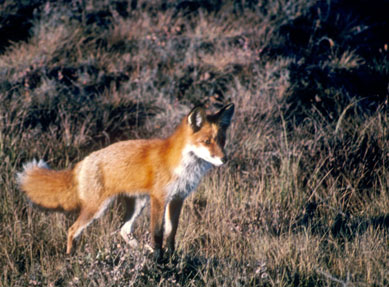
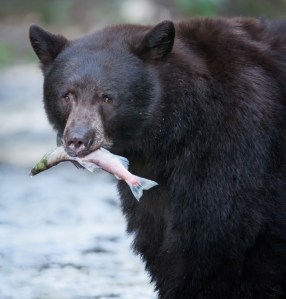 The
The 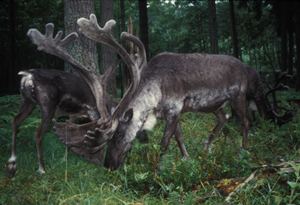
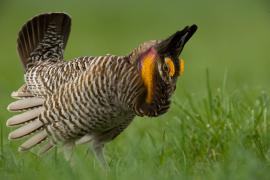 Greater prairie chickens are booming again this spring in Wah-Kon-Tah Prairie, Missouri. The species had been extirpated from the area until five years ago when the Missouri Department of Conservation translocated some greater prairie chickens from Kansas.
Greater prairie chickens are booming again this spring in Wah-Kon-Tah Prairie, Missouri. The species had been extirpated from the area until five years ago when the Missouri Department of Conservation translocated some greater prairie chickens from Kansas.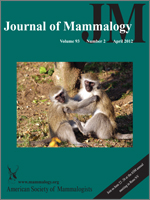
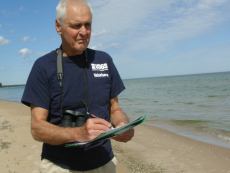 Where did the turtle cross the road? A citizen scientist has the answer, particularly in Massachusetts, where over the last few years citizen scientists have been tracking turtle crossings as part of the Turtle Roadway Mortality Monitoring Program. Volunteers are trained by Linking Landscapes for Massachusetts Wildlife, a partnership between Division of Fisheries and Wildlife (DFW), Department of Transportation (DOT) Highway Division and the University of Massachusetts-Amherst.
Where did the turtle cross the road? A citizen scientist has the answer, particularly in Massachusetts, where over the last few years citizen scientists have been tracking turtle crossings as part of the Turtle Roadway Mortality Monitoring Program. Volunteers are trained by Linking Landscapes for Massachusetts Wildlife, a partnership between Division of Fisheries and Wildlife (DFW), Department of Transportation (DOT) Highway Division and the University of Massachusetts-Amherst.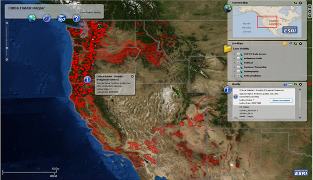 Is a picture worth a thousand words? The US Fish and Wildlife Service and the National Oceanic and Atmospheric Administration (NOAA) think a map is worth several pages of text. Both governmental entities are planning on replacing the long written descriptions of critical habitat for Endangered Species Act (ESA) listings in the Federal Register with a map. Make that an on-line map.
Is a picture worth a thousand words? The US Fish and Wildlife Service and the National Oceanic and Atmospheric Administration (NOAA) think a map is worth several pages of text. Both governmental entities are planning on replacing the long written descriptions of critical habitat for Endangered Species Act (ESA) listings in the Federal Register with a map. Make that an on-line map.